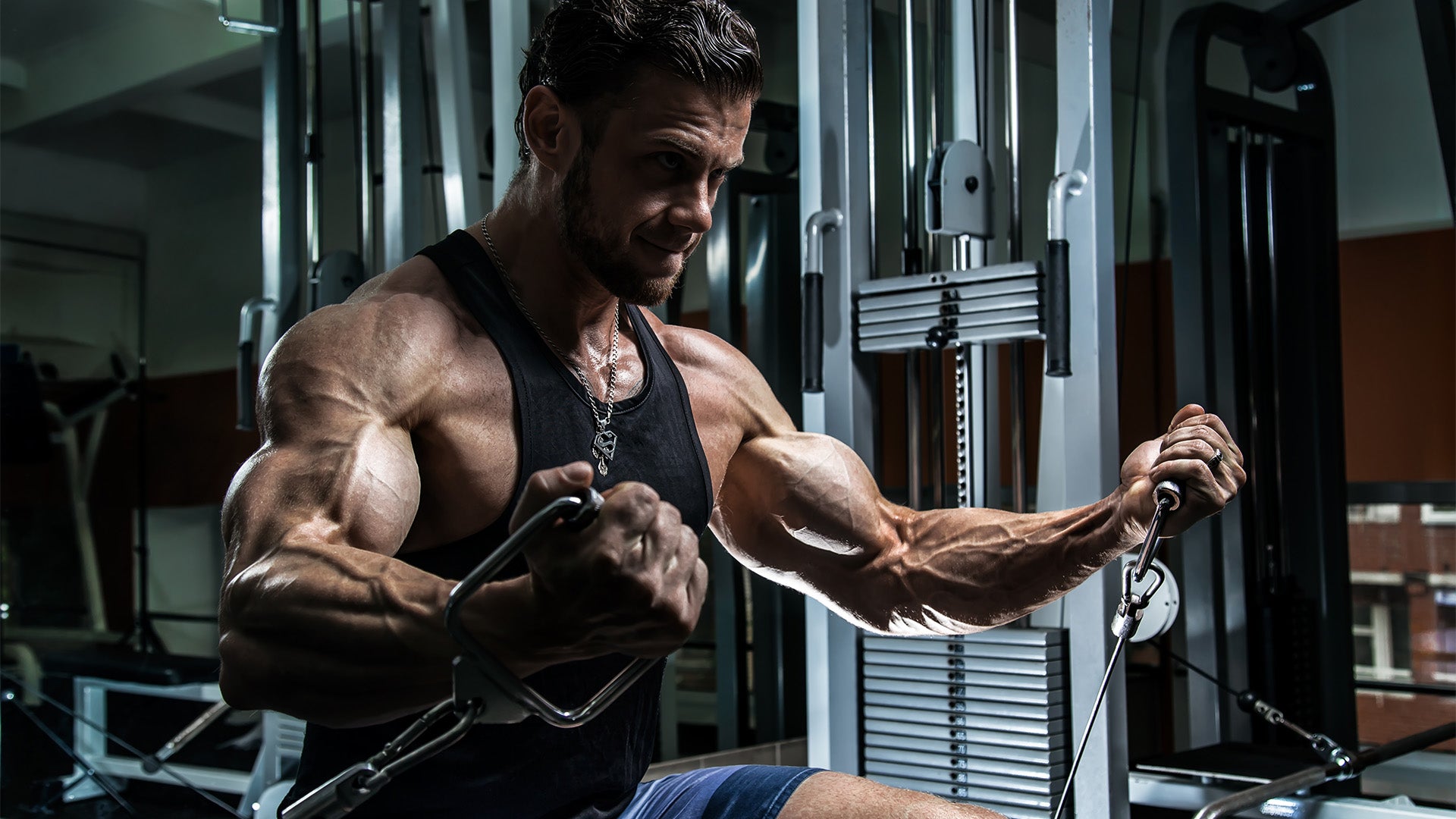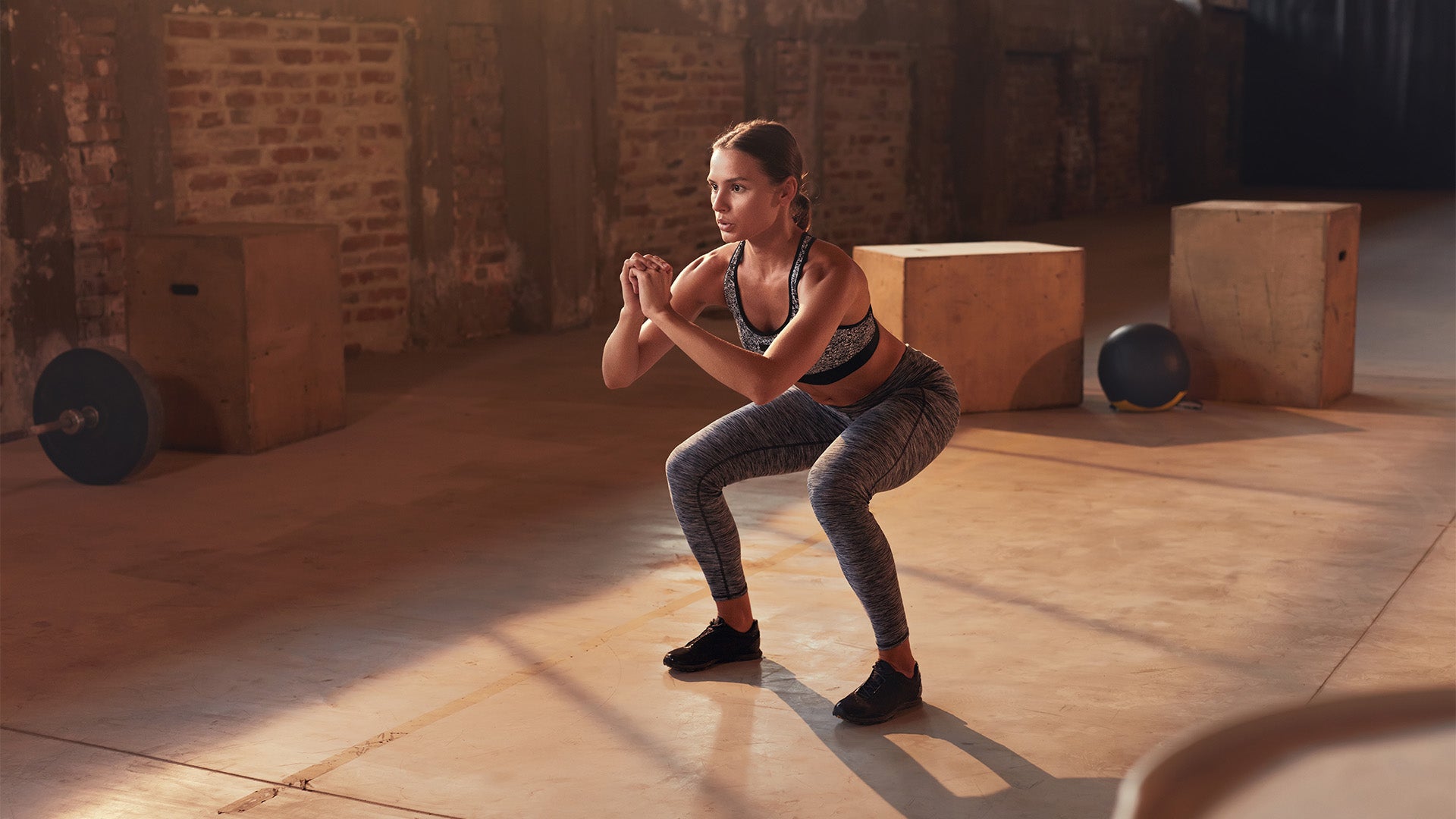When it comes to training your muscles, there are lots of moving parts – both literally and metaphorically. Movement is the basis of training at the gym, including every part of the move.
While many people focus their efforts on the initial portion of an exercise where the muscle contracts, the lengthening portion is just as important. This is called eccentric training, and it can completely revolutionize your results.
What Should I Know About Eccentric Exercise?
In every movement you’ve ever completed at the gym, there are three basic phases: the concentric phase, isometric phase, and eccentric phase.
The concentric phase is the portion of the move in which movement is “created.” Thinking about a bicep curl, this is the beginning of the range of motion as you bring the weight towards your shoulder. The working muscle (bicep) shortens and contracts to overcome some sort of resistance load.
The isometric phase is a transition point where the muscle is stationary. In a bicep curl, this is at the top of the movement where the weight is closest to your shoulder. Moves like isometric squat holds are based on the holding patterns associated with the isometric phase.
Finally, the eccentric portion of the move follows the isometric phase. This is when the muscle is lengthened under load to return to the starting position. During a curl, the eccentric phase is when the weight is lowered back to hip level.
During the eccentric phase, the external weight force is greater than the force you generate to move it. This is the driving point behind eccentric training. The goal here is to slow down the cadence, or speed, of movement in the eccentric phase to make training more efficient. This type of training is sometimes referred to as “negative” reps. But there are loads of positive improvements this exercise can bring you.
What Are Some Benefits of Eccentric Training?

Eccentric training might be something you already do at the gym without even realizing it. However, if you haven’t paid much attention to the negative portion of your reps, now’s a great time to start.
Greater Muscle Growth
Muscle growth, or hypertrophy, is probably the main reason why you’re reading this article in the first place. And eccentric training can help you get those gains even sooner than traditional strength training.
Eccentric exercises put more force on the muscle than concentric actions. For that reason, it is thought to lead to greater muscle growth if you emphasize the eccentric part of your repetitions.
A comprehensive review from 2017 took a look at muscle growth in healthy adults following either concentric-focused or eccentric-focused resistance training. The results found that those in the eccentric-focused group saw slightly more muscle growth (10%) compared to the concentric-focused group (6.8%).
It’s not entirely known why this happens, but it’s thought to have to do with the fact that there is slightly more muscle damage during the eccentric phase. In turn, this increases muscle protein synthesis, which can directly correlate to muscle growth.
Allows for Supramaximal Training
Supramaximal training refers to exercises with a resistance level slightly higher than the given muscle can handle under normal conditions. During the eccentric portion of a move, your muscles are able to handle more weight than in the concentric phase.
With that in mind, you can overload your muscles with more resistance than you’d normally be able to under traditional strength training standards. The only problem is that in order to reach the eccentric phase of a movement, you still need to contract the muscle first. So you might not be able to move a heavier weight regardless.
That’s where Speede Fitness can change the game. Eccentric mode adapts to your own maximum force and output to make the eccentric portion of your movement as physically challenging as possible (without fatiguing you during the concentric phase).
Not only does this stimulate the body for faster muscle force development, but it also allows you to get the maximum contraction out of your move. Book a demo today to see what it’s all about.
Can Help Prevent Injuries
In many non-contact sports like running or tennis, some of the greatest injuries occur during the deceleration phase when movement is slowed. This often occurs because individuals spend so much time training in the concentric phase that their muscles are not equipped to handle the eccentric portion of a movement.
By strengthening muscle and connective tissue, eccentric training can help your muscles adapt to movement more accordingly to help you reduce the risk of injury in the future.
How Can You Do Eccentric Exercise?
Eccentric training can be incorporated into your existing exercise regimen without needing to rework your habits. All you need to do is focus more on the negative repetitions during your sets.
Thinking about bicep curls again, you might spend an equal amount of time in both the movement’s concentric and eccentric phases. However, consider spending more time in the eccentric phase. As a good rule of thumb, try using a three-second negative to better train muscles in the eccentric phase. In other words, count three slow seconds as you bring the weight down from your shoulder to your waist.
The slower you move during the negative phase, the more force you put on your muscle fibers. This will help you get stronger even faster. As far as frequency, you’ll want to make sure you’re working each muscle group at least two times a week.
What Are Some Eccentric Exercise Examples?

Need some ideas for some killer eccentric moves? We got you covered. Here are some of our favorites:
- Eccentric Squats: Using either a barbell or set of dumbbells, drive that booty back and bend those knees into a squat position. The key here is to go nice and slow on the way down, hold at the bottom for a second, and then press yourself back up to start.
- Eccentric Pull Ups: Bringing your chin to the bar is tough as it is, but you can amplify this move by spending more time on the way down. Slowly lower your body for a hard count of “three” before pulling yourself back up.
- Eccentric Chest Press: Want a bigger chest? Take it nice and slow as you bring that weight down to your chest, and then press up with a bit more force.
Of course, as you attempt these with traditional equipment, you may find that it’s difficult to find the right weight, time-consuming to rack multiple plates, or that you need a spotter to assist. With Speede, we’ve solved all those issues with AI-powered eccentric training that lets you lift heavy, safely.
In Conclusion
Eccentric exercises focus on the portion of the move in which the muscle is lengthened. This comes after the concentric and isometric phases. During the eccentric phase, more force is exerted on your muscles compared to the others. This makes it great for developing bigger muscles in a short amount of time.
It can be hard to effectively train your muscles in the eccentric phase because you need to be able to lift the weight through the concentric portion. That’s where Speede can revolutionize your workout.
With powerful AI that adapts to you, eccentric mode can allow you to exert maximum force during the eccentric phase without fatigue during the concentric motion. Book a demo today to try it out for yourself and see the difference just a few reps can make.
Sources:
Concentric and Eccentric: Muscle Contraction or Exercise? | PMC.

